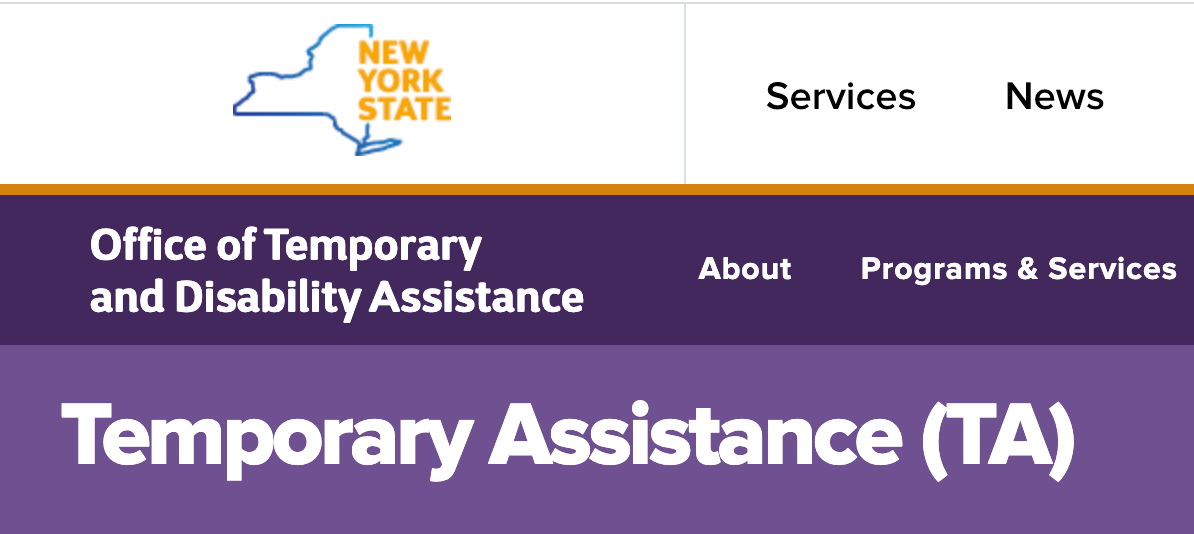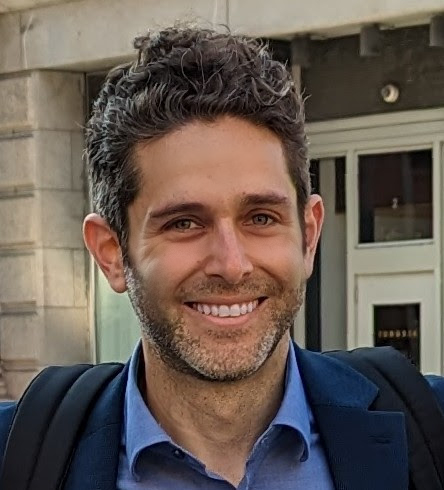PolicyEngine adds New York Family Assistance (TANF) to US model
Enhancing analysis of public policy impacts on needy families.

Contents
How New York Family Assistance works
Example household
Today we are expanding our tax-benefit model to include
How New York Family Assistance works#
The New York TANF program provides financial assistance to eligible families, with the maximum benefit level dependent on household size. The program determines eligibility through the need standard, which considers both earned and unearned income. The countable income for the need standard is calculated by applying certain disregards and exclusions to the recipient’s earnings.
In New York, the Earned Income Disregard (EID) is set at 50% as of October 1, 2022, and will be adjusted annually beginning June 1, 2023. This means that 50% of a recipient’s earned income is excluded from the countable income calculation for eligibility. Additionally, the first $150 of monthly earnings is disregarded as a work expense. It is important to note that the policy of only applying the EID for earnings up to the Federal Poverty Level (FPL) for those residing in temporary housing shelter types remains unchanged.
Eligibility for the New York TANF program is also determined by demographic factors. Generally, a child is eligible if they are under 18 years of age or under 19 if they are a full-time student. New York limits eligibility to households with less than $2,000 in resources, or $3,000 if the household contains anyone aged 60 or older. While New York technically applies income limits, it is structured to mirror the benefit amount exceeding zero, making it effectively null.
Example household#
Consider a
This chart doesn’t exactly capture all vertices, as it is in $500 earnings increments.

PolicyEngine’s model computes various factors to provide a comprehensive understanding of the New York TANF program’s effects on eligible families and the broader community. The model’s inclusion of the New York TANF program aids policymakers, researchers, and the public in examining the program’s impact, exploring potential policy changes, and facilitating informed discussions on the future of public assistance programs like TANF.
In conclusion, PolicyEngine’s model, now featuring the New York TANF program, serves as an essential resource for those interested in the effects of social welfare policies, leading to better-informed policy decisions and an enhanced understanding of the program’s impact on families and communities.

max ghenis
PolicyEngine's Co-founder and CEO

donglai xu
Data Analyst at PolicyEngine
lin tao
Data Analyst at PolicyEngine

Subscribe to PolicyEngine
Get the latests posts delivered right to your inbox.
© 2025 PolicyEngine. All rights reserved.